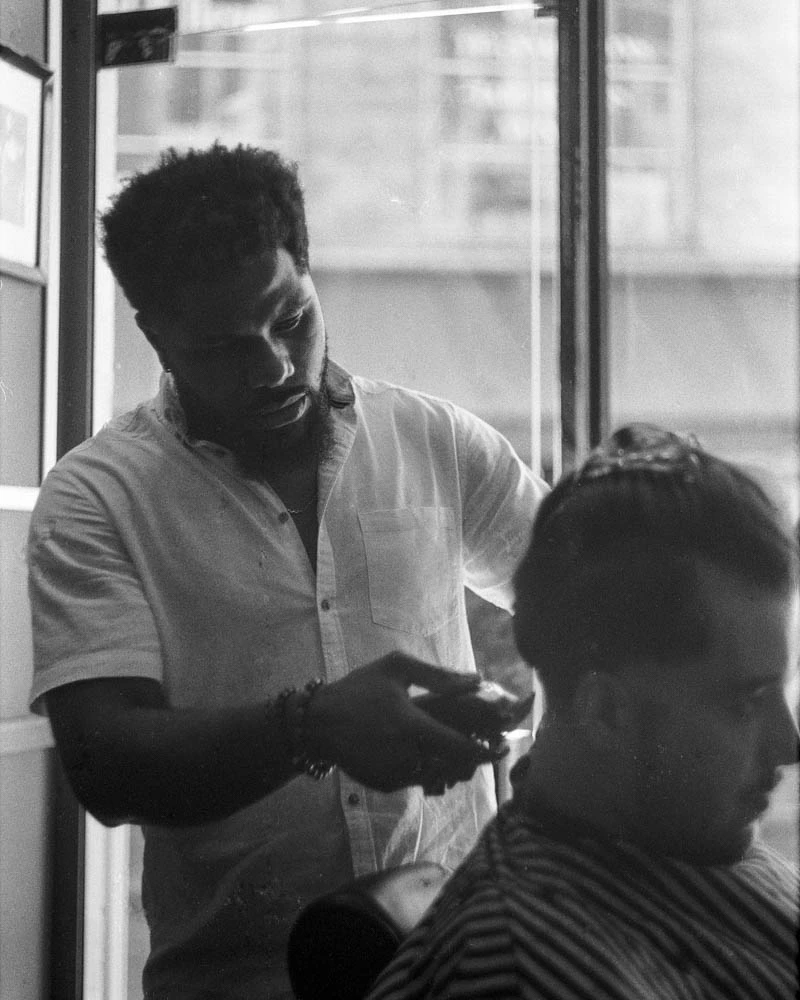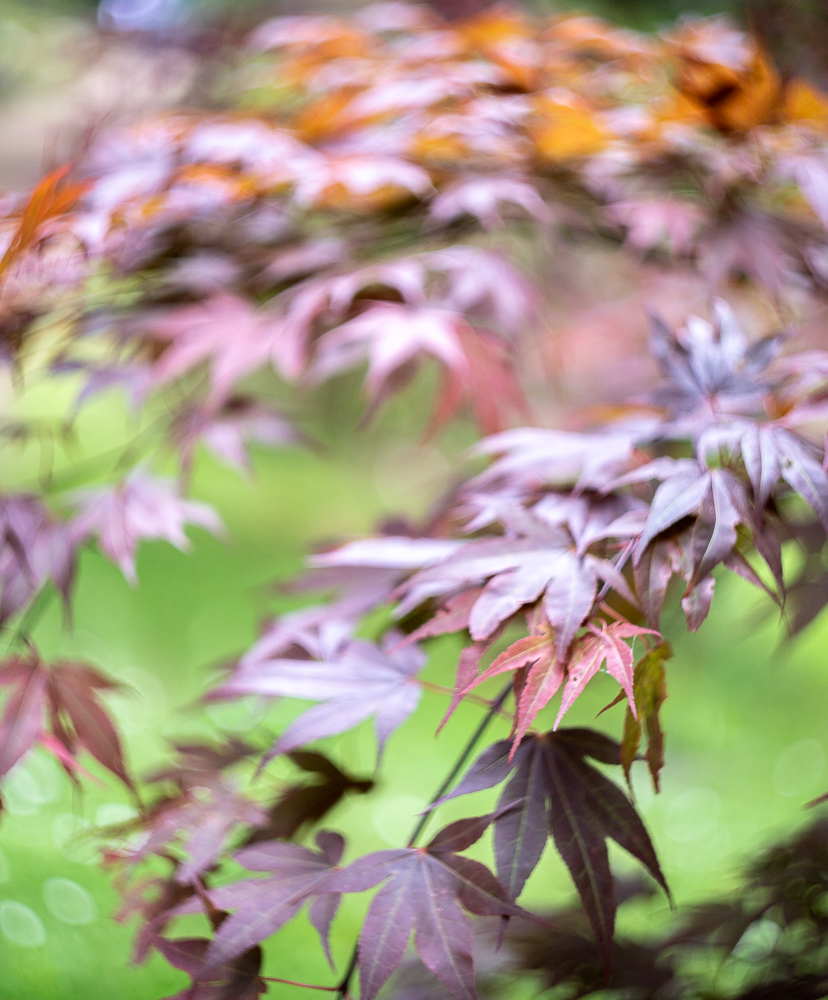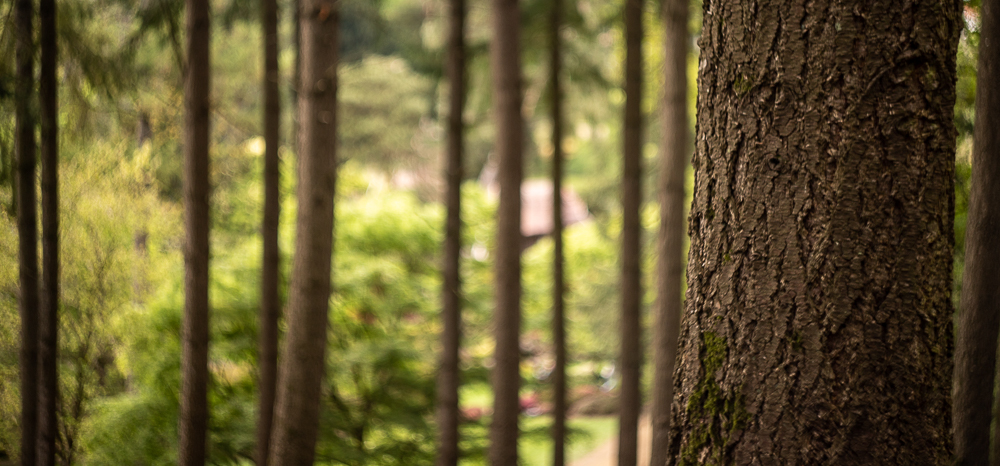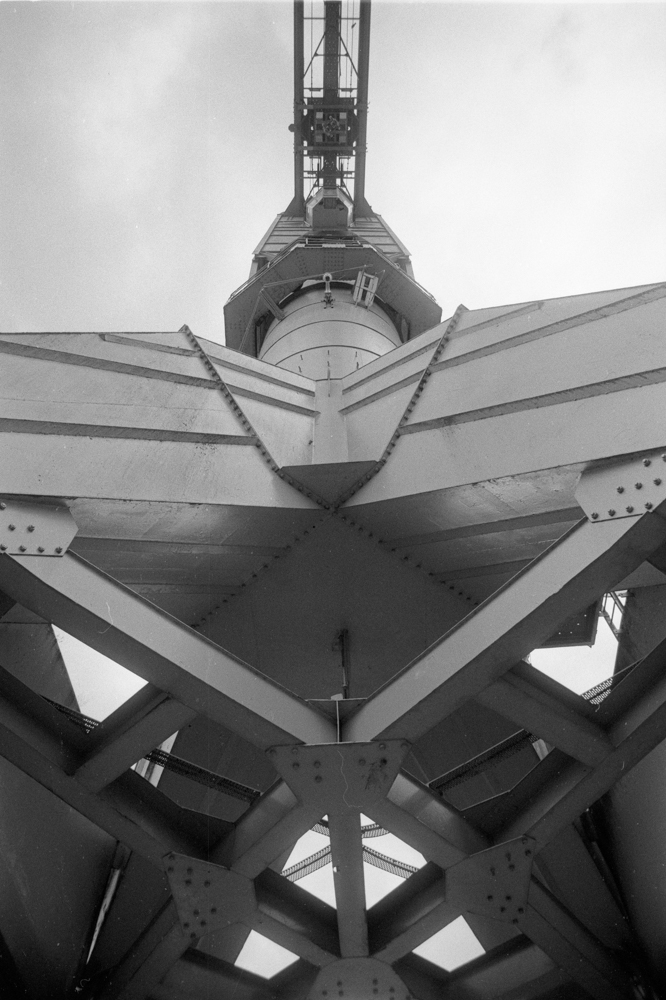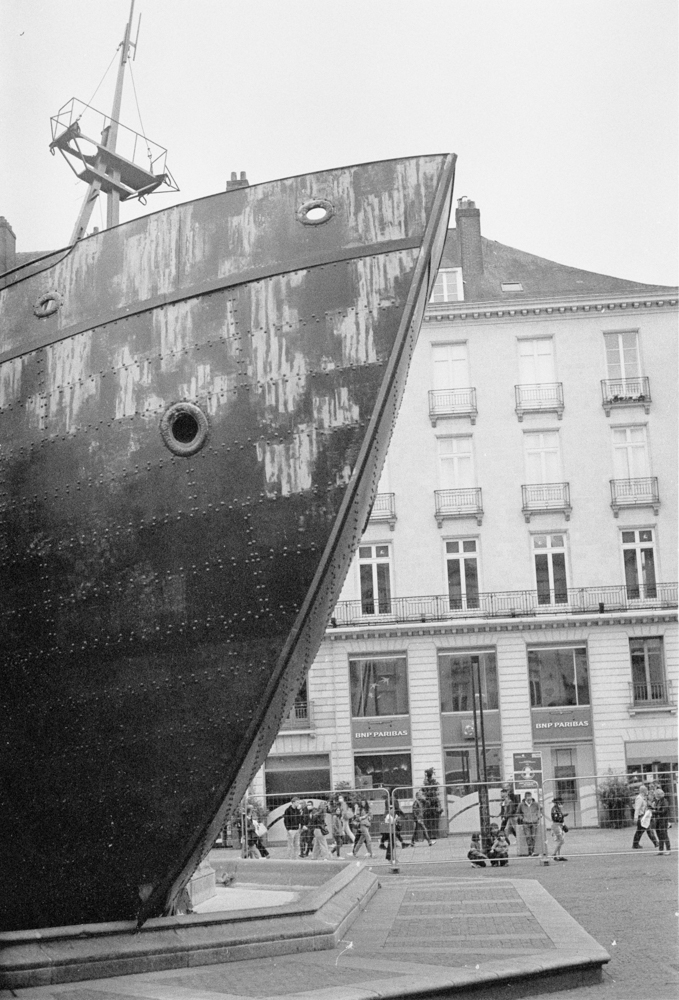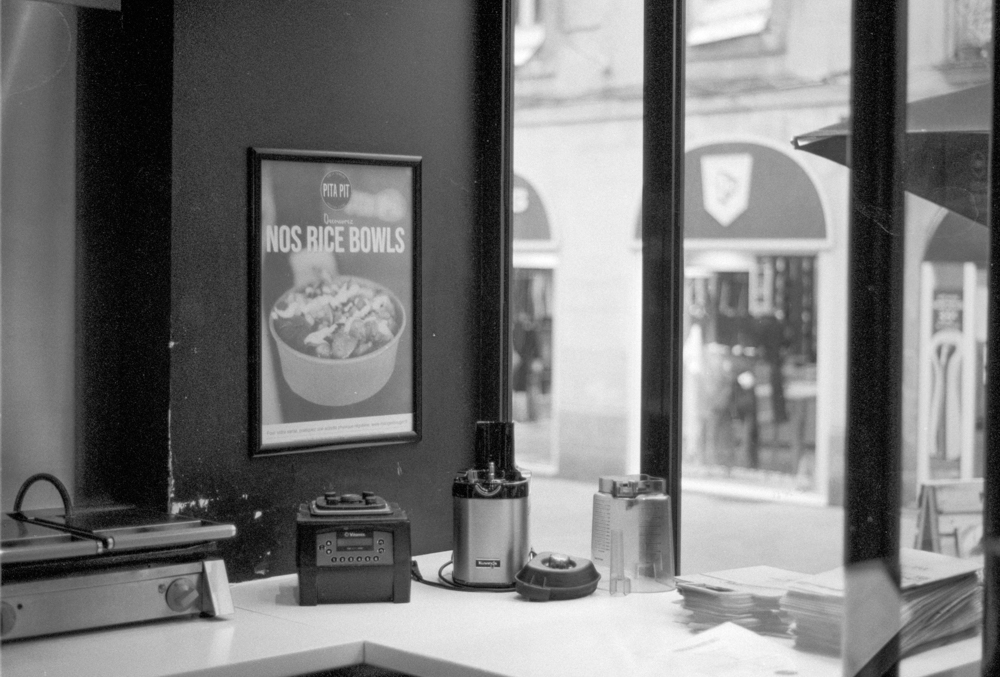In my last article we explored the prime lenses in my collection and how and why I use them concentrating on my own experience with each one. I started ultra wide and am now going to head towards a narrower field of view. We’ll start with the nifty fifty, go through the Helios 44-2 58mm f2, on to the 85mm f1.8, and end on the Helios 135mm f2.8.
50mm f1.8 – the nifty fifty
Be it a digital lens or one for a film camera, this focal length is considered to be the “standard” to which all the others are compared to. I have already mentioned my initial set from 1987 where the Pentacon 50mm f1.8 was fitted onto my Praktica MTL3. It is the lens with which I learnt photography. Why is it considered the “standard?” Convention wisdom would suggest that the view offered by the lens is the closest to the human eye. This explains why Robert Doisneau used it extensively in his documentary photography. Henri Cartier-Bresson is known for his ability to capture decisive moments in street photography. The 50mm focal length, with its natural perspective and good depth of field, was perfectly suited to this approach. It is also one of the more simply constructed lenses and yet still offers a great shooting experience be that digital or film shooting.
Helios 44-2 58mm f2.0
This is one of those lenses that one hears about and has a certain mythology. It is known most for its swirly bokeh which you can see in the images in the slideshow below. I think mine must have cost around 50 Euros so in my mind I was thinking, you can’t go far wrong. This swirliness adds interest to any photograph be it in an oriental garden, on in portraits. Just enough to make the viewer have a closer look and fall even further in love with your capture. It’s an old soviet lens and fairly solid as you can read in the article I wrote about the Helios and the Canon 6D mark II. It is the first of my “portrait” lenses.
We’ve done the bokeh bit, now let’s talk about the focal length. When in the studio I will start using my 50mm, but this is always ready in my bag. But it’s not just a portrait studio lens, and I have used it on outings in Nantes. As all “telephoto” lenses, it separates the background from the subject, and brings forward the subject to the fore. I haven’t used it on my Praktica film camera yet and should probably do so very quickly. It would be a shame not to after all. As it stands I have to use an adapter for my Canon and another adapter for my Fuji XT2. With the crop sensor on the Fuji it magically turns into an 85mm equivalent.
Canon 85mm f1.8
This is the most classic portrait lens and allows me to take a step back compared to using the 50mm. Again, the bokeh on this lens is lovely and so creamy that it could give a rotund older gentleman a heart attack if it were cake. But it’s not cake, so everything is fine. When I’m in the studio I can concentrate on the eyes and by the time the portrait gets to the ears we’re in creamy bokeh territory.
However, some photographers will take this lens into the street for street portraits. It’s not a huge lens, and thus less creepy, and allows the photographer to take a step back and still feel close to his subject. This distance between photographer and subject contributes to a more natural interaction between photographer and model, reduces the feeling of being cramped or intrusive, and leads to a more natural interaction, which in turn leads to more natural posing and a more relaxing experience for everyone.
Helios 135mm f2.0
This is the largest of my “everyday” primes and back in 1987 it was in my bag to bring the world even closer than I could with the nifty fifty. I was a beginner back then. And didn’t realise the potential of telephoto lenses. The approach is much the same as for the 85mm but allows even more distance, and is great for those intimate shots that can capture the alluring side look. In landscape it can help you pick out details in the landscape that you can’t get closer to for practical reasons, and bringst that background that much closer to the foreground. For those of you who don’t like manual focussing, you might want to give this one a miss. This was a lens from an age before autofocus came along. However on my Fujifilm XT2 this transforms into a rather snazzy 200mm lens due to it’s APSC sensor and 1.5 crop factor, which would be a lot cheaper than a more modern equivalent, and with the focus peaking on mirrorless cameras, this can be a very convincing argument.
Conclusion.
Primes can generally be considered to be a higher quality option. With their simpler constructions, they can offer sharper images They generally have larger apertures, allowing for ease of use in lower light, and providing that creamy, sexy bokeh that everyone keeps mentioning. By adding a limitation to the creative process they can help the photographer become a more deliberate and mindful craftsman, and concentrate more on composition.
However, even though individually lighter than most zooms, their collective mass may be more important if you constantly want to have every single option available in your bag. You will be changing lenses more often, when having more to choose from. Never forget that you are the person carrying them around. So choose carefully, be deliberate, and plan ahead. The results will be worth it!

